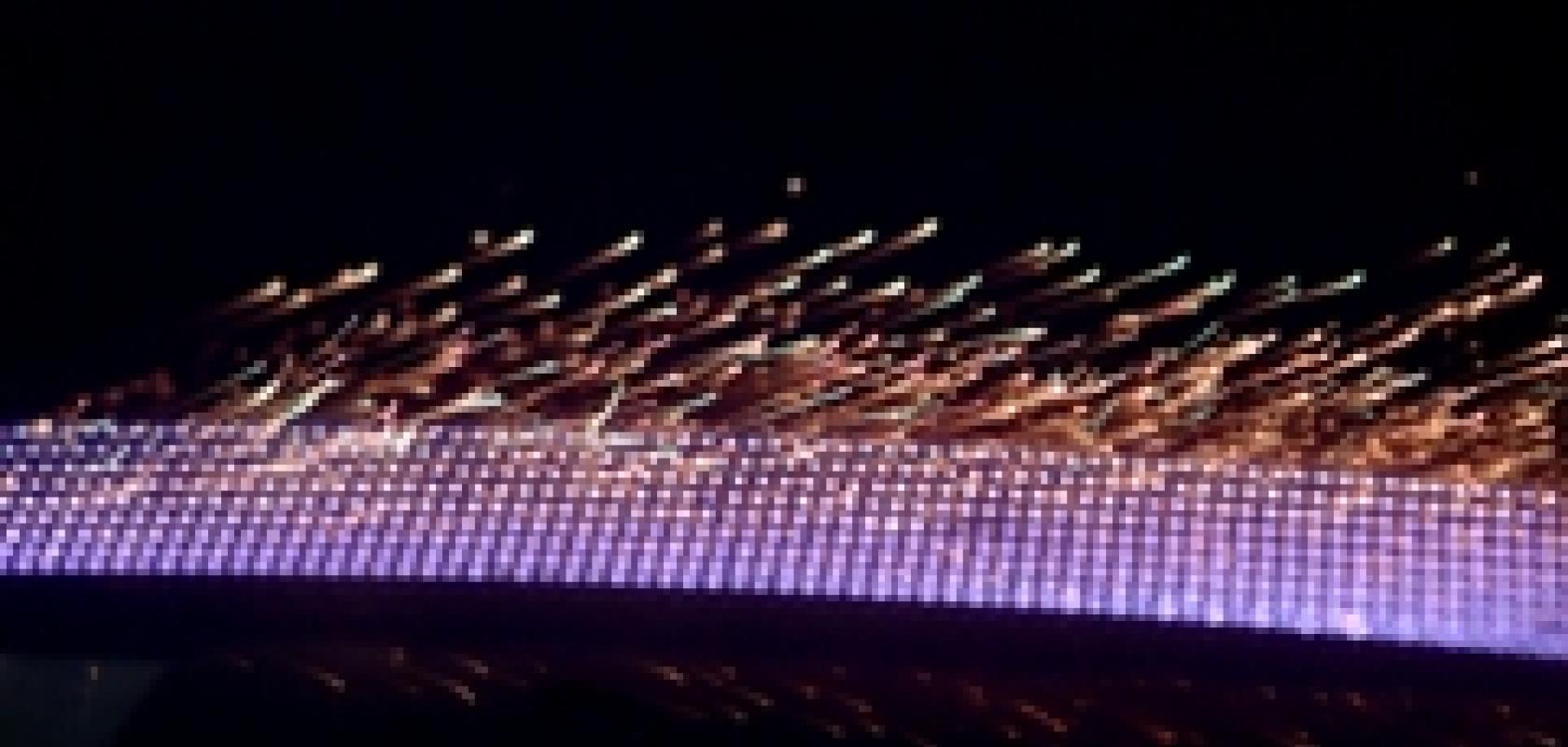According to the latest forecast from the World Energy Council WEC, global electricity requirements will double in the next 40 years. At the same time, prices for the dwindling resources of petroleum and natural gas are climbing. Currently, the electric power produced by solar cells in northern Europe must be subsidised if it is to compete against the electricity generated by traditional power plants, but laser technology can contribute to optimising the manufacturing costs and efficiency of solar cells.
'Rising energy prices are making alternative energy sources increasingly cost-effective. Sometime in the coming years, renewable energy sources, such as solar energy, will be competitive, even without subsidisation,' explains Dr Arnold Gillner, head of the microtechnology department at the Fraunhofer Institute for Laser Technology in Aachen, Germany. 'Experts predict that grid parity will be achieved in a few years. This means that the costs and opportunities in the grid will be equal for solar electricity and conventionally generated household electricity.'
Drilling holes into silicon cells is one of many laser applications in solar cell manufacturing and a laser system has been developed by the ILT that drills more than 3,000 holes within one second. Gillner explained: 'Our goal is to increase the performance to 10,000 holes a second. This is the speed that must be reached in order to drill 10,000 to 20,000 holes into a wafer within the cycle time of the production machines.'
Laser technology is also helping to optimise the manufacture of thin film solar cells. Until now, the manufacturers have used mechanical methods or solid-state lasers in the nanosecond range in order to structure the active layers on the glass panels. In order to produce electric connections between the semiconductor and the metal, grooves only a few micrometers wide must be created. The ILT has developed a 400W ultrashort pulse laser that processes thin-film solar modules ten times faster than conventional diode-pumped solid-state lasers. 'The ultrashort pulse laser is an ideal tool for ablating thin layers: It works very precisely, does not heat the material and, working with a pulse frequency of 80MHz, can process a 2 x 3m glass panel in under two minutes,' Gillner said. 'The technology is still very new, and high-performance scanning systems and optical systems adapted to the process must be developed first. In the medium term, however, this technology will be able to reduce production costs.'
The rise of laser technology in solar technology is just taking off, and it still has a long way to go. Gillner continued: 'Lasers simplify and optimise the manufacture of classic silicon and thin-film cells, and they allow the development of new design alternatives.'


